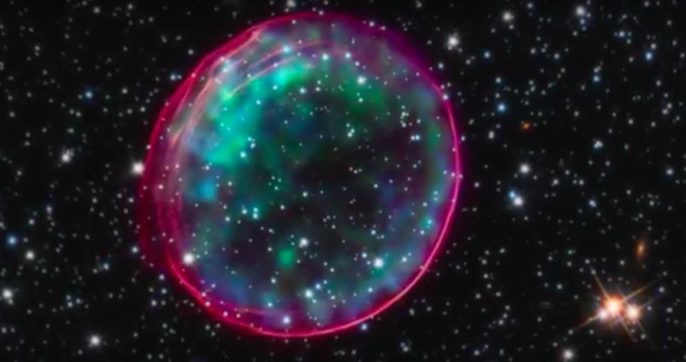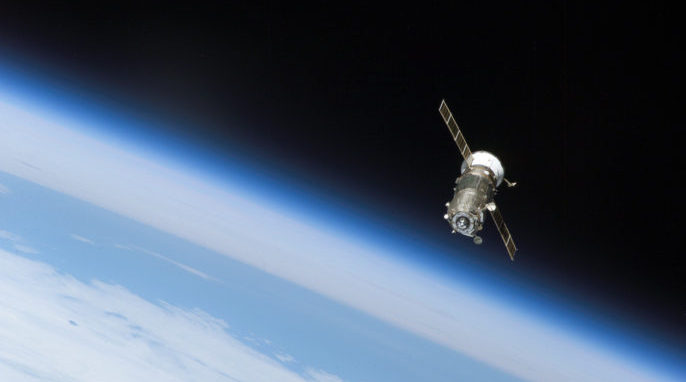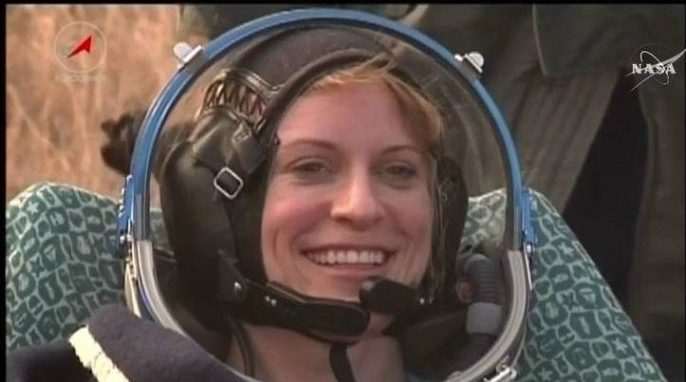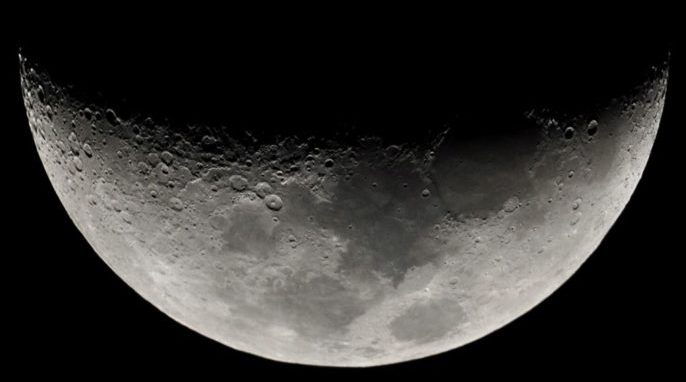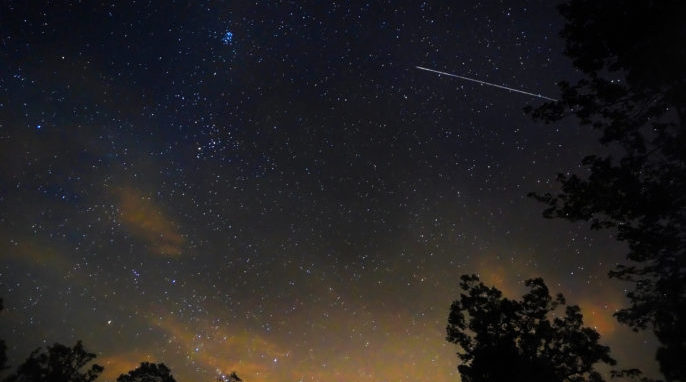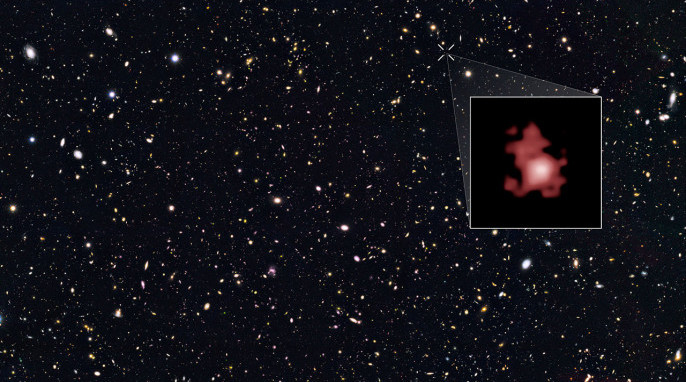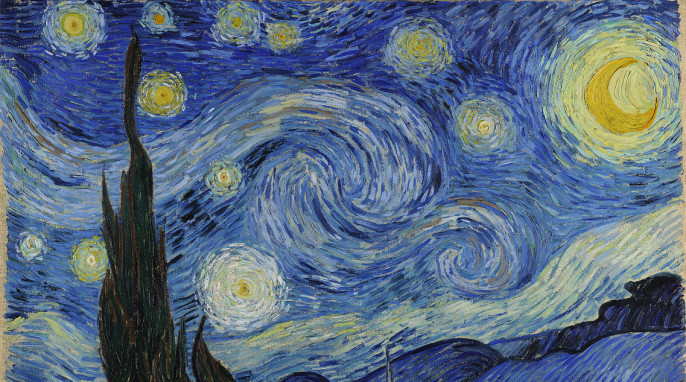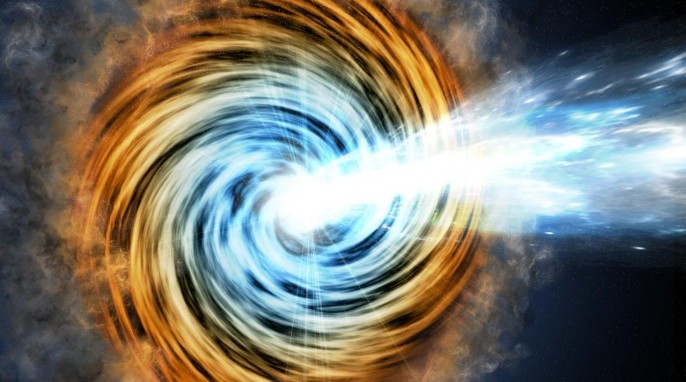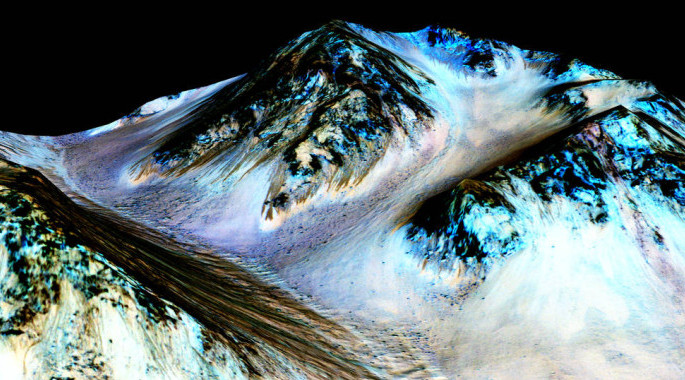Shelf Life Video: Time Travel to Stars
With the help of high school students, scientists at The American Museum of Natural History are creating an online catalog of stars’ distances and relative positions. This video is another in the Shelf Life series from the American Museum of Natural History. Since the early 17th century, thanks to the use of telescopes, astronomers have been able to draw detailed star maps. However, because the Earth wobbles on its axis, today we see the stars in a slightly different position than in the past. So, students and scientists are…
Read More
